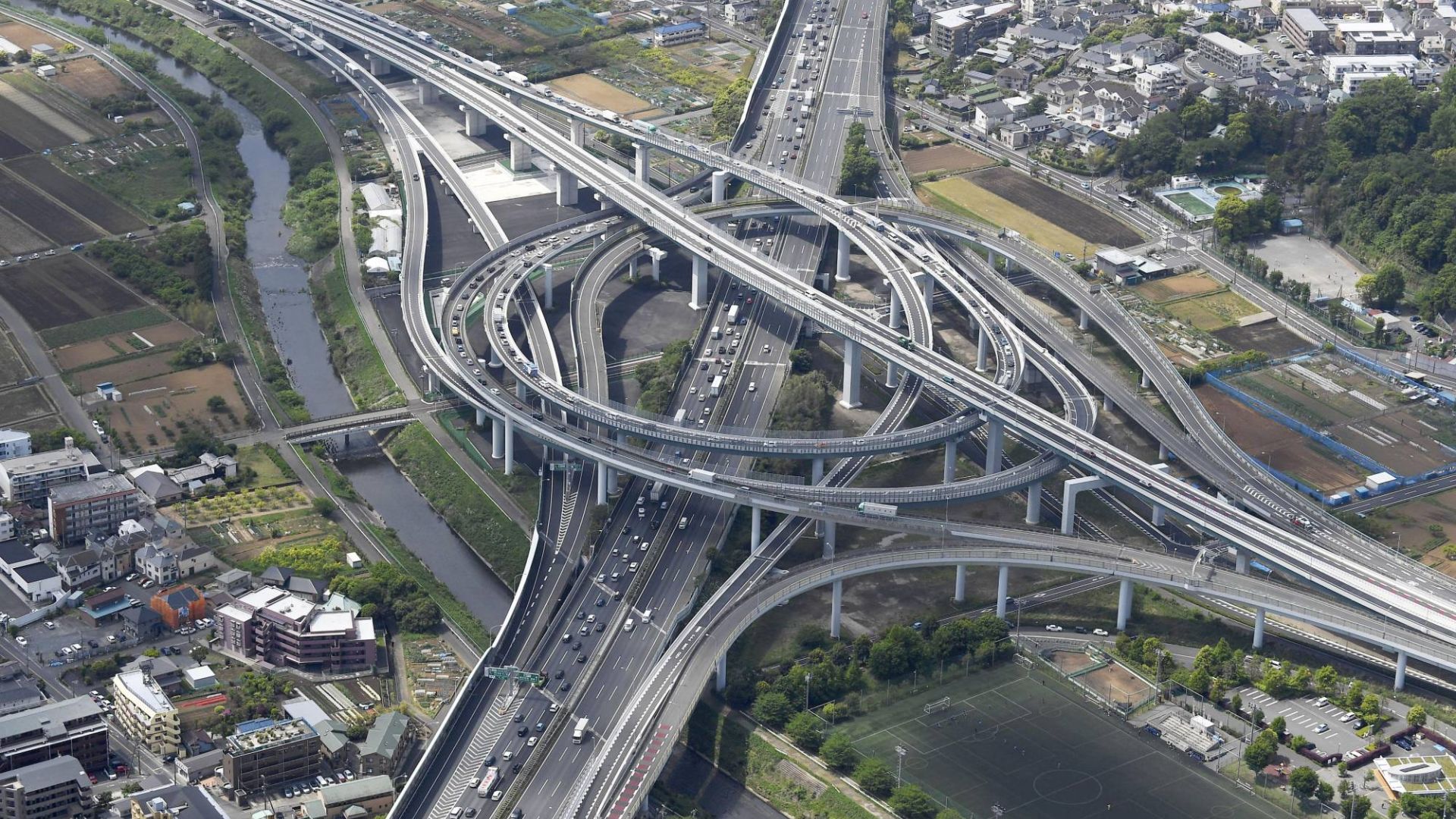
The Japanese government has expanded its foreign skilled worker visa program to address the country’s shortage of drivers by adding four new industries. The program, which allows stays of up to five years, now includes road and railway transportation, forestry, and timber sectors. This expansion is the first since the program was introduced in 2019.
Japan is facing a shortage of labor due to its declining birth rate, especially in transportation and logistics industries. The situation is expected to worsen with the implementation of new limits on overtime hours for drivers starting in April, known as the “2024 problem.”
To address these challenges, Japan plans to admit up to 820,000 foreigners under its skilled worker visa in the next five fiscal years, more than double the previous estimate. The government will revise related rules, including Justice Ministry ordinances, to accept skilled foreigners in the four sectors after soliciting public opinions.
Chief Cabinet Secretary Yoshimasa Hayashi urged relevant ministers to prepare for accepting foreign workers without delay, emphasizing the goal of realizing an inclusive society.
In the road transportation sector, skilled foreigners will be accepted as drivers of buses, taxis, and trucks by certified companies. These drivers are required to pass the N3 level of the Japanese Language Proficiency Test, which is stricter than other sectors due to the need for communication with passengers.
In the railway sector, skilled workers can be accepted for roles in train car manufacturing, track maintenance, and as drivers, conductors, and station staff.
Additionally, the government added operations related to textiles, iron and steel, and printing in the manufacturing industry, which are already covered under the program.
Foreigners under the No. 1 visa must demonstrate professional and Japanese language skills to work immediately. The No. 2 visa allows for unlimited renewals, leading to permanent residency, and permits workers to bring their families to Japan.
According to the Immigration Services Agency of Japan, as of December 2023, around 208,000 workers were in the country on the No. 1 visa, and 37 on the No. 2 visa.